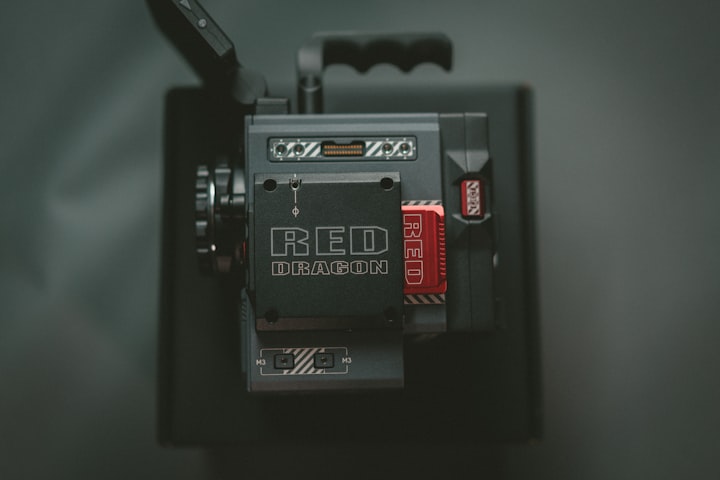
An innovative paper battery degrades in just four weeks.
In our looming hills of electronic garbage, glistening with the chromatic shine of our discarded devices, look like something out of a dystopian film.
Each year, the mounds of "e-waste" grow larger, with an estimated 63.3 million tonnes of "e-waste" in 2021. With the introduction of 5G, this number, which is already intimidating, is expected to skyrocket.
Numerous consumers will want devices that are compatible with the new 5G network, which means that a plethora of old electronics will soon be considered obsolete.
However, obsolescence was already a thing. Companies are making devices with shorter and shorter lifespans, making them incompatible with older cables and software updates, or making the device's battery difficult to replace.
We now face an unprecedented amount of electronic garbage. Less than a quarter of which is recycled in the United States.
What devices do end up in landfills becomes an environmental danger due to the number of harmful substances that can bleed into the surrounding environment?
Electronics contain, for example, mercury, beryllium, cadmium, or arsenic which can cause side effects as adverse as cancers, miscarriages, and brain damage.
This is an especially grave concern in countries where e-waste undergoes acid baths meant to help workers retrieve valuable materials.
In some places, waste is even subjected to open-air burning. Special recycling facilities are costly and time-consuming, turning once highly desired smartphones into scraps of steel and copper.
But the unsavory truth is that these processing facilities simply cannot keep up with the amount of e-waste that we produce.
Due to the number of harmful substances that can bleed into the surrounding environment, devices that end up in landfills pose an environmental risk. Mercury, beryllium, cadmium, and arsenic, for example, can cause cancer, miscarriages, and brain damage in people who use electronics. This is a particular issue in countries where e-waste is subjected to acid baths in order to aid workers in recovering valuable materials.
In some places, waste is even burned in the open air. Special recycling facilities are both expensive and time-consuming, reducing once-valuable smartphones to scraps of steel and copper.
However, the unpalatable truth is that these amenities can't keep up with the amount of e-waste we generate.
That's why the launch of Singapore's paper battery a few months ago was both strange and exciting.
Although this was not the first time a paper battery had been developed, the Nanyang Technological University research team was able to add many new features to the concept.
When developing the battery, researchers Fan Hongjin and Lee Seok Woo kept in mind 5G and the Internet of Things.
The researchers hope that by making the battery a disposable component of future devices, they can help us achieve our goals of environmentally sustainable development.
ConHCP is Printed with Conductive
Despite its narrow size, the battery is capable of incredible feats. All through testing, this same battery was able to power a fan for 45 minutes while being bent into multiple innovative forms.
This flexion, however, reduces the battery's capacity. The battery's capacity drops to 72% after a 180-degree deformation.
When the battery is squashed, it recovers nearly 100 % of its original capacity. Only 5% of the battery's capacity was lost after 1,000 cycles of this bending procedure. Cracks in the material are most likely to blame for the drop in percentage.
Some other tests, the above time with LED lights, demonstrated the battery's resistance to short-circuiting.
Even though bits of the battery were chopped away, a red LED light continued to work. The capabilities of the LED remained unchanged, and there were no shorts in the battery.
The ability to cut the wafer into any shape will help to eliminate the need for battery packs of various forms and sizes in multiple devices.
These unique properties, according to the researchers, make the battery "editable" and far more flexible than conventional batteries.
As a result, it'll be ideal for future smart fabrics, disposable devices, flexible electronics, sensors, circuits, and diagnostic equipment.
When the battery's life is up, it only takes 4 weeks for it to biodegrade in the soil, where it is broken down by a variety of microorganisms.
Both the cathode and anode materials can be returned to the environment in non-toxic forms, making disposal of these paper batteries much safer and quicker than traditional lithium batteries.
Additionally, the components of the paper battery packs do not require aluminum or PVC casings, enhancing their stability.
The scientists hope that their innovation will one day be used in conjunction with solar cells to store green energy.
Using an industrial printer, it is possible to print paper-thin solar cells and provide electricity to off-grid communities, as previous research has demonstrated.
Over time, the efficiency of printed cells has increased from 3% to 20%. While paper batteries aren't meant to replace the lithium cells that seem to power our world, they do have the potential to reduce our mountains of waste as they integrate into new circuits and robotics.
After all, paper systems are up to ten times less expensive than traditional lithium batteries.






Comments
There are no comments for this story
Be the first to respond and start the conversation.